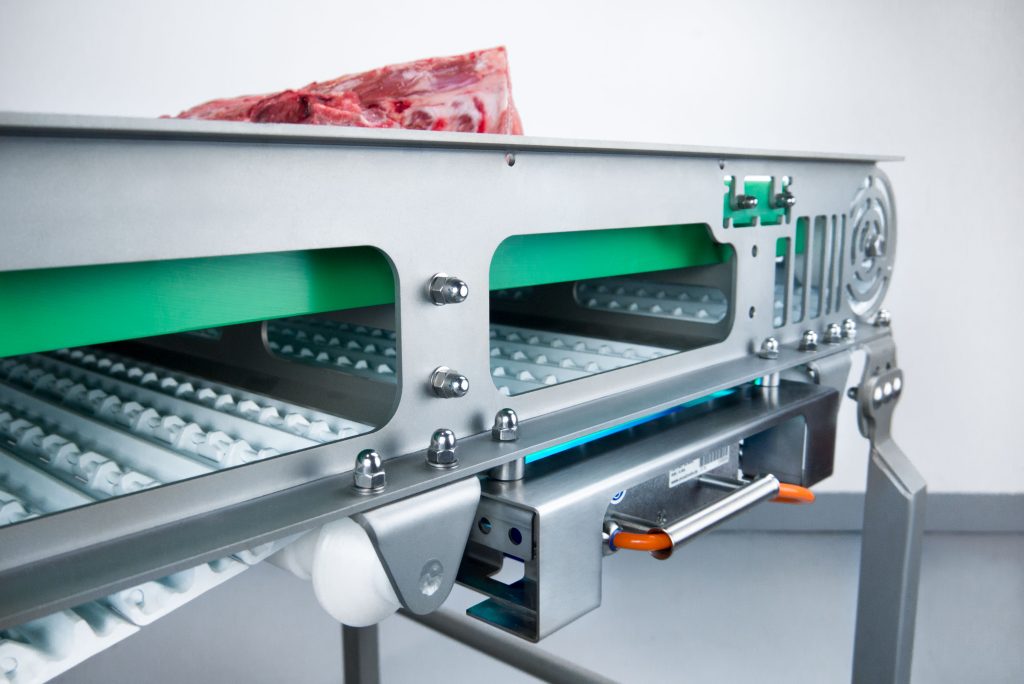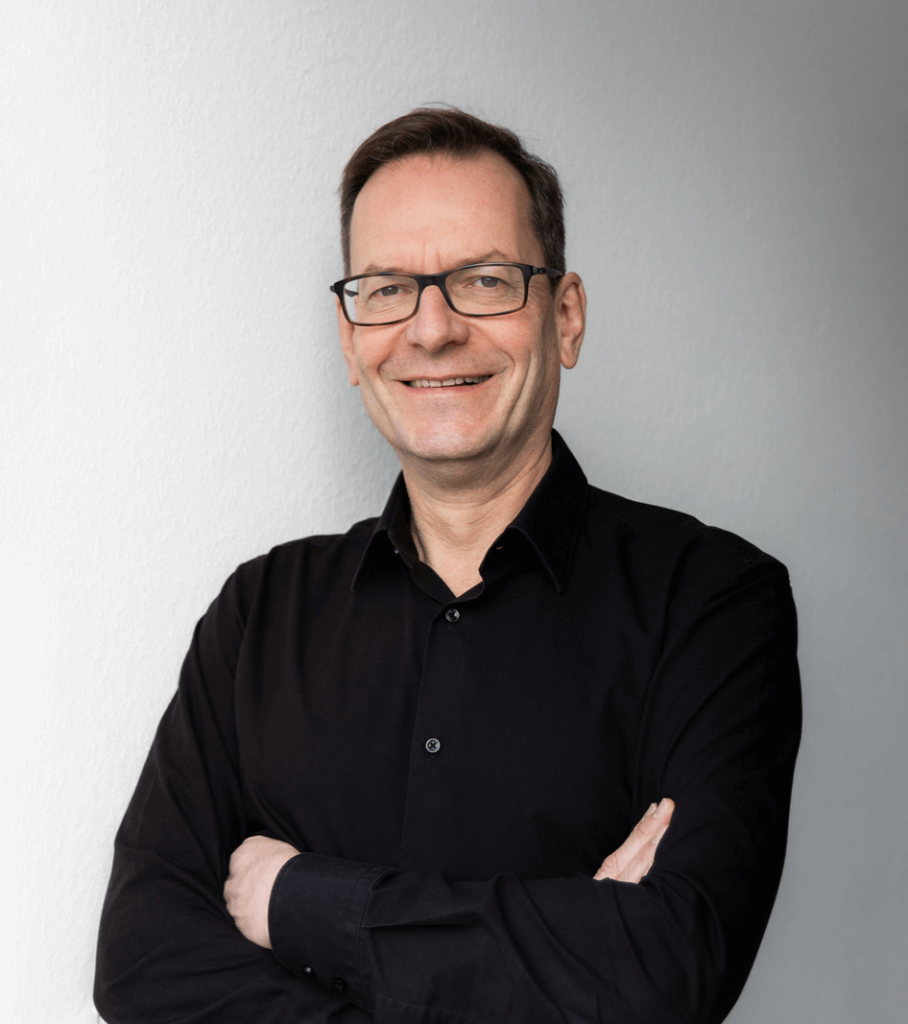UV-C technology holds tremendous potential to revolutionize the field of disinfection, ensuring a healthier and more hygienic future for all.
In today’s post-Covid world, disinfection solutions that are both effective and eco-friendly are an absolute must. While conventional, chemical-based cleaning methods have long been the norm, a new player- Ultraviolet treatments have emerged on the scene.
UV technology, which utilizes the power of ultraviolet light, offers numerous advantages over traditional approaches, revolutionizing how we combat harmful microorganisms and leading the charge toward a safer and healthier world.
But why do we need UV, and what makes it so much better? To answer that, let’s look at a typical human infection. When protecting against infection, relying solely on a single method poses the risk of microbial adaptation. This phenomenon is well-documented in the field of antibiotics, where overuse has led to the emergence of drug-resistant bacteria, often referred to as “superbugs.”
The same principle holds for chemical cleaners. When exposed to these chemicals over time, some microorganisms can develop resistance mechanisms that allow them to tolerate them.
In other words, diversifying the tools at our disposal is paramount. That’s why UV-C treatment stands out. UV-C is a type of ultraviolet light with germicidal properties commonly used for disinfection. As all microorganisms rely on DNA or RNA as their genetic material, UV-C light effectively destroys their genetic structure, leaving no room for adaptation or resistance to develop.
Real-World Applications of UV Treatment
Many industries have experienced substantial benefits from UV-C technology, with notable impacts on human health. One area where UV treatment has made a real difference is HVAC systems. Integrating UV-C technology into HVAC systems can eliminate germs and viruses, safeguarding the air we breathe. As this study shows, UV-C can dramatically lower the sickness rate among employees working in air-conditioned offices. The study also found that installing UV-C could prove cost-effective in the long run compared with the yearly losses from absences due to building-related illnesses.
In the ongoing war against the spread of deadly viruses, UV-C is becoming one of the most potent weapons in our collective arsenal. Microorganisms of such minuscule size that they can only be separated by costly filters are effectively neutralized by UV-C as they pass through an HVAC system. This capability ensures high protection against viral threats, contributing to improved public health.
The food industry has also reaped the benefits of UV-C in preventing the spread of pathogens like listeria and salmonella. UV-C technology ensures the hygienic condition of food products and helps sterilize packaging materials, extending the shelf life of goods.
UV-C treatment offers the advantage of continuous disinfection throughout the entire food production process. For instance, traditional wet cleaning with chlorine-based agents can only be performed once a day. In contrast, UV-C ensures round-the-clock treatment and enables the ongoing disinfection of production belts during operation cycles. With each belt circulation, the surfaces are effectively sterilized, preventing germination before goods are placed on the conveyor. As a result, hygiene is consistently maintained throughout the production day, with end-of-day wet cleaning primarily aimed at removing particles, grease, and dirt.

Enhancing Sustainability
Another key advantage is that UV treatment is an eco-friendly alternative to environmentally hazardous chemicals. One notable example is the air-cooling systems used in the food industry.
Because of water condensation, these cooling systems often become an ideal breeding ground for microorganisms, yeasts, and fungi when combined with food dust. Dangerous biofilms form within the air coolers, impeding effective heat exchange and reducing their ability to cool effectively. As a result, air resistance for ventilation increases, and energy usage—and cost—escalates.
However, by integrating UV-C into AC units, the accumulation of germs can be prevented, allowing condensation to drain away cleanly. This ensures that the units remain free of biofilms and consume less energy, thereby reducing their environmental impact. What’s more, the need for frequent cleaning and maintenance is significantly reduced. The use of chemical cleaning agents can be lowered by up to three-fold— minimizing the release of potentially harmful substances into the ecosystem.
Challenges and Limitations: Finding the Right Partners
UV technology holds great potential for eliminating harmful microorganisms. However, there are several challenges and limitations that need to be addressed to ensure its widespread adoption. First and foremost, certain materials and situations may experience less-than-optimal results when exposed to UV-C.
In large industrial freezers, for example, UV-C must remain effective even at temperatures as low as -20°C, while in the case of baking machines and proofers, UV devices must operate efficiently at 60°C. Generally, UV-C treatment can be applied within a wide temperature range of -20°C to +70°C, but careful planning, design, and implementation–as well as the highest quality materials–are required to ensure success.
Companies looking to implement UV-C technology must find the right partners and qualified professionals to install it properly and meet their needs. It is also important to emphasize that achieving successful UV treatment relies on more than just installing a blue luminescent tube. Addressing issues such as compliance with HACCP and IFS standards is essential, as is prioritizing the safety of individuals working with UV-C devices.
It is also worth noting that the permissibility of direct UV-C irradiation on products varies between countries. Some countries allow direct UV-C irradiation on various products, while others restrict it to water, vegetables, and spices. Consequently, UV-C technology’s specific interpretation and technical implementation will depend on the rules within a particular region.
The Road Ahead
UV treatment is now gaining mainstream recognition due to the ongoing challenges posed by the pandemic. However, the rapid development of UV-C LEDs promises to usher in a wave of innovation in the field over the next five years.
UV-C LEDs are approximately 10% as efficient as their traditional tube counterparts. However, ongoing research and development efforts are driving improvements in efficiency while simultaneously reducing prices.
This progress holds great promise for expanding the applications and optimizing the use of UV-C technology across various industries and settings. In particular, the next generation of UV-C technologies is expected to flourish in surface disinfection, while advancements in water and air disinfection may take longer to reach their full potential.
Achieving widespread adoption of UV-C technology worldwide would represent a significant milestone, benefiting public health, enhancing safety standards within companies, and contributing to a more sustainable planet. As we look ahead, UV-C technology holds tremendous potential to revolutionize the field of disinfection, ensuring a healthier and more hygienic future for all.

By Michael Calenberg, Ph.D., CTO of Nuvonic
Share: